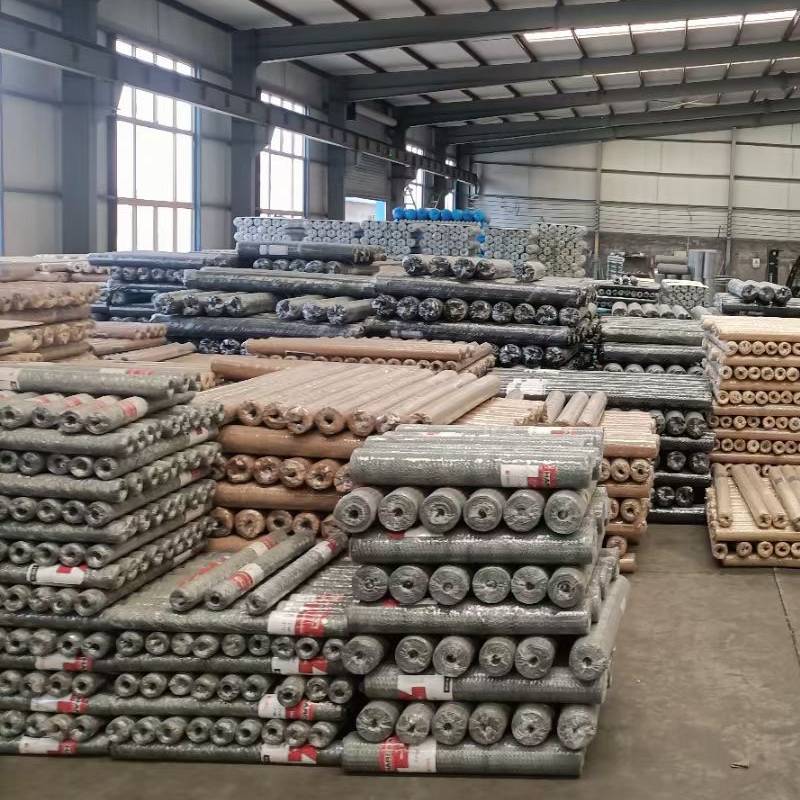Average Pricing Breakdown for Chain Link Fencing Installation and Materials
Understanding the Average Cost of Chain Link Fencing
Chain link fencing is a popular choice for various applications, including residential, commercial, and industrial properties. Known for its durability, low maintenance, and affordability, it provides an effective boundary while maintaining visibility. However, when considering a chain link fence installation, it’s essential to understand the average costs involved to budget accordingly.
Factors Influencing Cost
The average cost of a chain link fence can vary significantly based on several factors
1. Height of the Fence Chain link fences are available in various heights, typically ranging from 3 to 12 feet. Taller fences require more materials and labor, thus increasing the overall cost.
2. Material Quality Chain link fences are usually made from galvanized steel, but there are options for vinyl-coated chain link fencing that adds color and additional resistance to corrosion. Vinyl coating can increase the cost substantially, but it can also improve the fence's longevity and aesthetic appeal.
3. Gauge of Wire The thickness of the wire used in the fence also affects pricing. A lower gauge number indicates a thicker wire, which is generally more durable but also more expensive. Choosing the right gauge for your needs is crucial as it impacts both the fence's strength and appearance.
4. Length of the Fence The total length of the fencing required is a critical factor in determining cost. As with most materials, the longer the fence, the higher the installation cost. It's essential to assess your property layout and measure accurately to avoid unexpected expenses.
5. Labor Costs Labor can account for a significant portion of the total cost. Hiring professionals typically ensures a proper installation, but DIY installations can save money. However, consider the skill level required for a fence installation, which may impact the fence's longevity if done incorrectly.
average cost of chain link fence

6. Additional Features Gates, extensions, and custom features can increase the overall cost. Depending on your needs, the type and design of the gate can add to the expenses.
Average Cost Breakdown
On average, the cost of a chain link fence can range from $10 to $20 per linear foot, including materials and installation. For a typical 150-foot fence, you might expect to spend between $1,500 and $3,000, depending on the factors mentioned above. Here’s a rough breakdown
- Materials The cost of chain link fencing materials is typically around $7 to $15 per foot. This price may fluctuate based on height, gauge, and coating.
- Labor Installation labor typically runs from $5 to $10 per foot. Complex installations or difficult terrains may push labor costs higher.
- Gates and Accessories Gates can cost between $100 and $500, and other accessories, such as privacy slats and post caps, will add to the total cost.
Conclusion
When planning for a chain link fence installation, it’s crucial to consider the various elements that contribute to the overall cost. By examining your specific needs and researching local prices, you can create a comprehensive budget that reflects not only the materials required but also the labor and any additional features that may enhance your fencing solution.
Investing in a chain link fence offers many benefits, including security, visibility, and low maintenance. Understanding the average costs and what influences them will help homeowners and property managers make informed decisions that fit within their budget while achieving their desired fencing goals. Ultimately, with proper planning and consideration, a chain link fence can be an excellent investment for any property.
-
Space-Saving Chain Fence Hacks Vertical Gardening with Cyclone MeshNewsJul.16,2025
-
Innovations in Iron Nail Wire Production for Modern ConstructionNewsJul.16,2025
-
Creative Uses of Wire Netting Fence in Modern Landscape DesignNewsJul.16,2025
-
Barbed Wire Fence Innovations in Anti-Climb TechnologyNewsJul.16,2025
-
Architectural Uses of Umbrella Nails for Aesthetic Roof DesignsNewsJul.16,2025
-
Architectural Uses of Razor Barbed Wire in Secure Urban DesignNewsJul.16,2025




